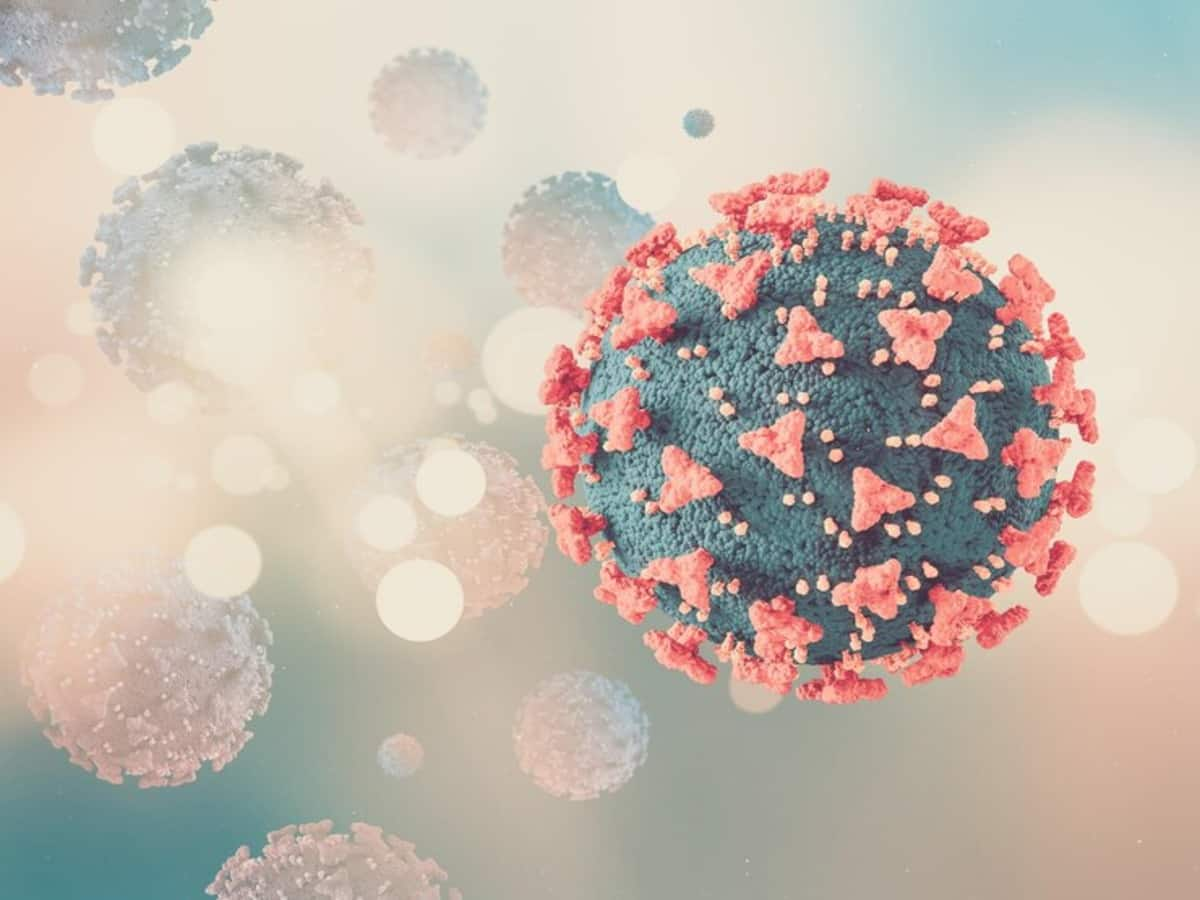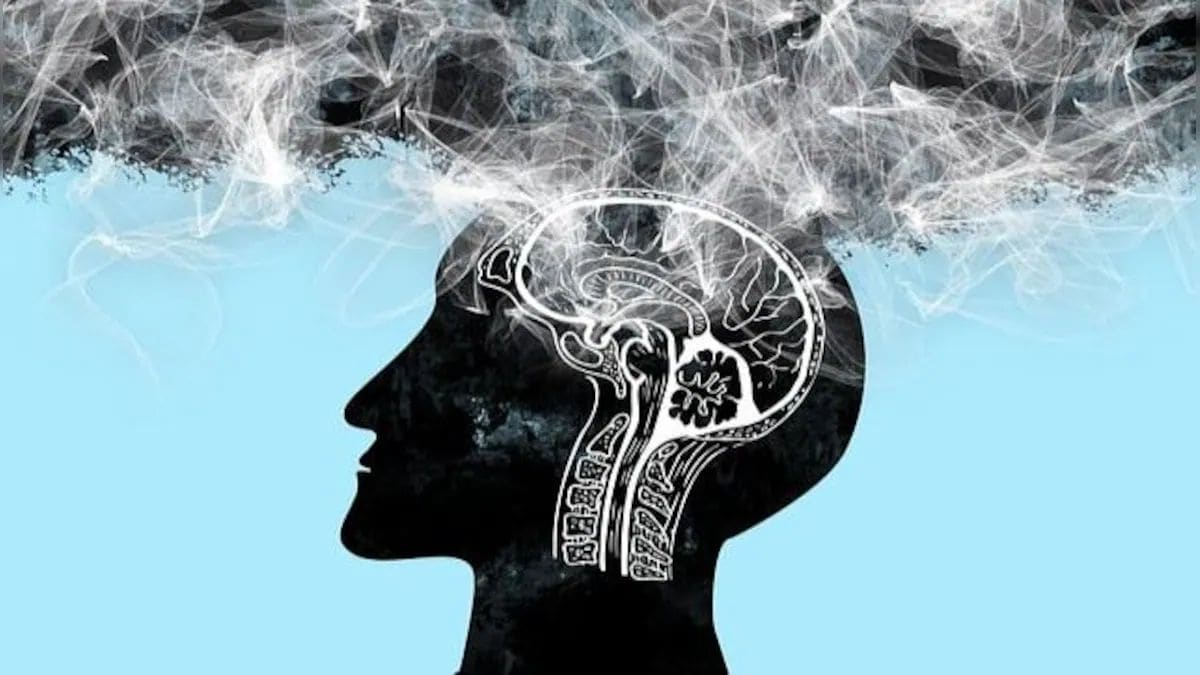Parvovirus infection, also called the 'slapped-cheek disease', is a highly-contagious and common illness seen in kids. Adults with suppressed immunity need to be careful, too. Human parvovirus B19: The US Centers for Disease Control and Prevention (CDC) has issued a health advisory about a spike in cases of parvovirus B19, which is alarming health officials.
Released earlier this month, the advisory -- distributed via CDC's Health Alert Network (HAN) -- notifies 'healthcare providers, public health authorities, and the public' about an increase in 'human parvovirus B19' activity in the country. According to the CDC, parvovirus B19 is a 'seasonal respiratory virus' transmitted through the respiratory droplets of people with 'symptomatic or asymptomatic infection'. Read on to find out more about it.

Slapped-Cheek Disease Parvovirus infection is also sometimes referred to as the 'slapped-cheek disease', and considered to be a highly-contagious and common illness seen in kids. 'Slapped-cheek' refers to the distinctive face rash that is seen in patients. In fact, parvovirus infection is also known as the 'fifth disease' because it was apparently ranked five in a list of common childhood illnesses that develop a rash or rashes.
According to the CDC advisory , it 'received reports indicating increased parvovirus B19 activity' in the US, from data that reported 'clusters of parvovirus B19-associated complications' seen among women who are pregnant, and people suffering from sickle cell disease. Risk In Pregnancy The CDC warns that parvovirus B19 infection can be transmitted during pregnancy, from the mother to the fetus. According to the CDC, most cases of 'fetal parvovirus B19 infection' during pregnancy tend to 'resolve spontaneously', not causing any extreme outcomes.
The risk of adverse fetal outcomes -- for instance, fetal anemia, fetal loss, etc. -- is 5-10 per cent. The risk is highest when an 'acute infection' occurs between the gestational weeks of 9 and 20, which is fairly early in the pregnancy.
Treatment, in such a case, is supportive. Other Transmission Channels Parvovirus B19 infection can also be transmitted through 'transfusion of blood components' and certain 'plasma derivatives'. As mentioned earlier, parvovirus B19 is 'highly transmissible' in respiratory droplets.
In fact, 50 per cent of people who are vulnerable are infected after 'household exposure'; about 20-50 per cent of vulnerable students and staff get infected when there is an outbreak in school. Interestingly, people who are in close contact with children -- like teachers and daycare workers -- have a high risk of infection. Parvovirus Symptoms In Children The early signs and symptoms of parvovirus infection that are seen in children include fever; stomach upset; runny nose; headache; distinctive facial rash (bright red, appearing on both cheeks).
var firstScrolled3 = false; window.addEventListener("scroll",(event) => { if(!firstScrolled3) {window._taboola = window.
_taboola || []; _taboola.push({ mode: "thumbnails-m", container: "taboola-mid-article-thumbnails", placement: "Mid Article Thumbnails", target_type: "mix" }); firstScrolled3 = true; } }); Parvovirus Symptoms In Adults In adults, the signs and symptoms are a little different. They do not usually develop slapped-cheek rashes.
Instead, they may experience joint soreness that can last for weeks. Most commonly affected areas of the body are wrists, hands, knees, ankles. Recommendations For The Public The CDC makes the following health recommendations for the general public:.

















